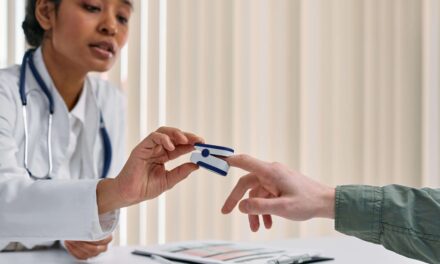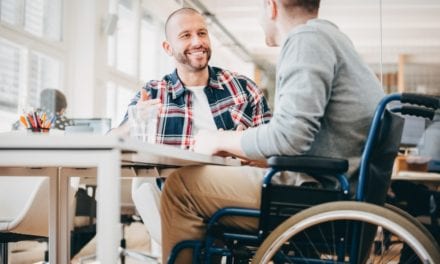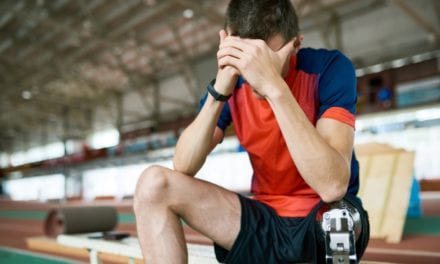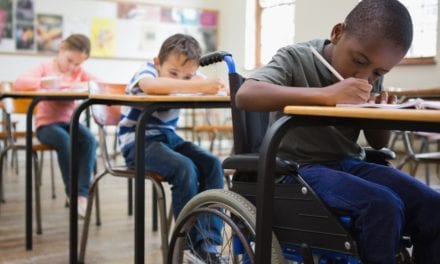
A Look at High-Risk Scenarios for Motorcycle Accidents in Urban Settings

Motorcycle accidents in urban settings present unique challenges and risks for riders. The dense traffic, complex
roadways, and various interacting elements increase the likelihood of accidents. Understanding the high-risk
scenarios specific to urban environments can help motorcyclists and other road users be more cautious and take
appropriate measures to prevent accidents. In this article, we will explore some of the high-risk scenarios for
motorcycle accidents in urban settings.
Intersection Collisions
Intersections are among the most dangerous areas for motorcycle accidents in urban settings. The convergence of
multiple roadways, vehicles making turns, pedestrians crossing, and traffic signals can create a challenging
environment for motorcyclists. Drivers failing to yield the right of way, running red lights, or making sudden
turns without proper signaling can lead to severe accidents. Motorcyclists should exercise caution when
approaching intersections, anticipate the actions of other drivers, and ensure they are highly visible.
Lane Changes and Merging
Lane changes and merging maneuvers in congested urban traffic can be risky for motorcyclists. Drivers may fail to
check blind spots or use turn signals when changing lanes, posing a significant hazard to motorcyclists. Motorcyclists
should maintain a safe distance from vehicles, position themselves conspicuously in the lane, and use defensive
riding techniques to anticipate and respond to sudden lane changes.
Opening Car Doors
Parked cars along the side of the road pose a potential danger for motorcyclists in urban areas. Drivers or
passengers opening car doors without checking for oncoming motorcycles can cause severe accidents known as “dooring”
incidents. Motorcyclists should be cautious when riding near parked cars, maintain a safe distance, and remain
vigilant for signs of movement or indications that a door may be opening.
Pedestrian Interactions
Urban environments are characterized by a high volume of pedestrian activity. The presence of pedestrians near
crosswalks, sidewalks, and crowded areas can increase the risk of motorcycle accidents. Motorcyclists should
exercise caution, reduce speed in pedestrian-dense areas, and anticipate the unexpected actions of pedestrians,
such as jaywalking or sudden crossings.
Traffic Congestion and Filtering
Traffic congestion in urban areas often tempts motorcyclists to filter or lane-split between vehicles. While
filtering can be legal in some jurisdictions, it presents its own set of risks. Narrow spaces, unpredictable
vehicle movements, and limited visibility increase the chances of accidents. Motorcyclists should filter
cautiously, maintain a safe speed, and be aware of the potential hazards associated with this maneuver.
Conclusion
Urban settings present specific high-risk scenarios for motorcycle accidents. Being aware of these scenarios and
adopting defensive riding techniques can help motorcyclists navigate urban environments more safely. Motorcyclists
should remain vigilant, anticipate the actions of other road users, and prioritize their own safety by wearing
appropriate safety gear, maintaining visibility, and staying alert to potential hazards on urban roads.








